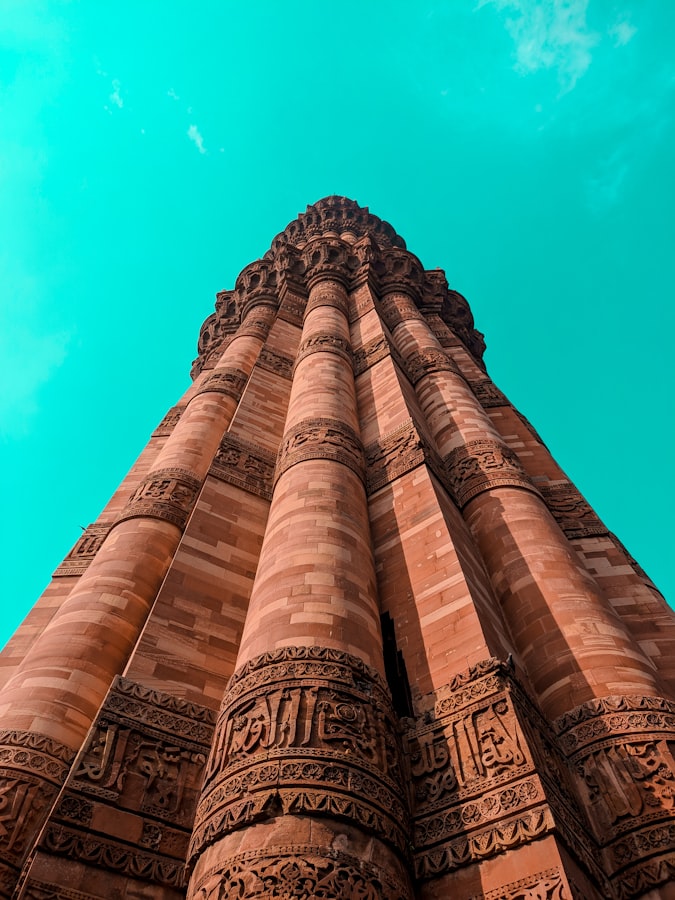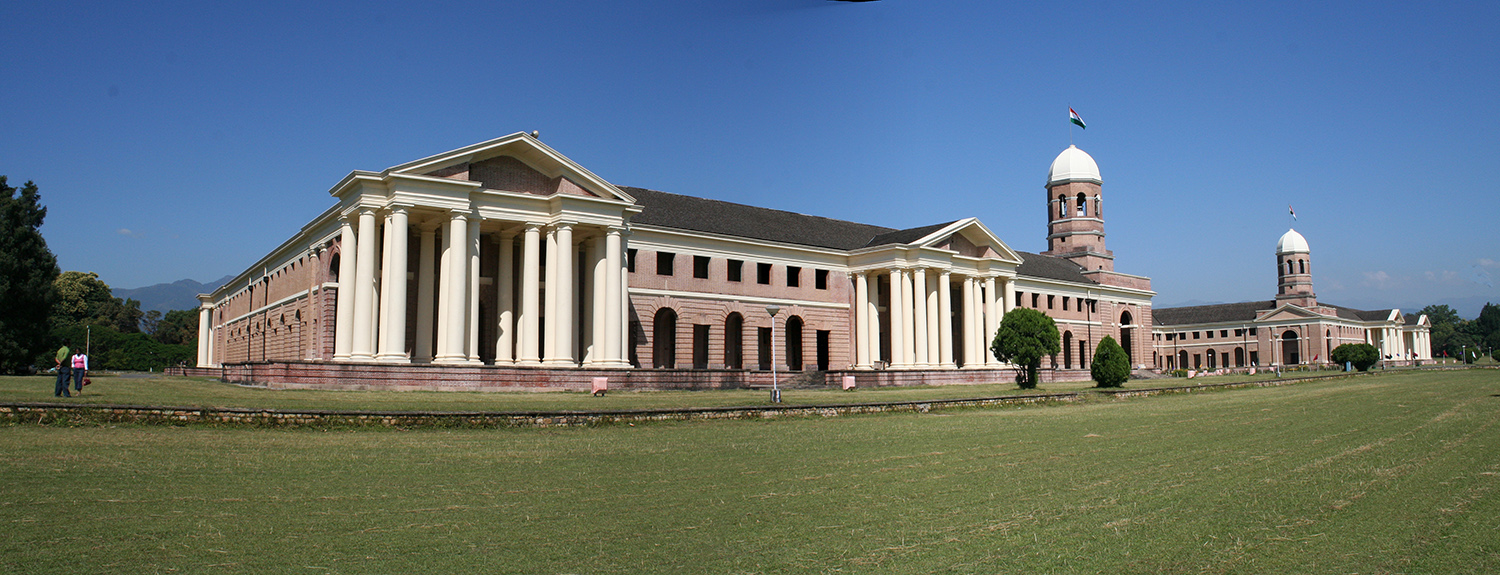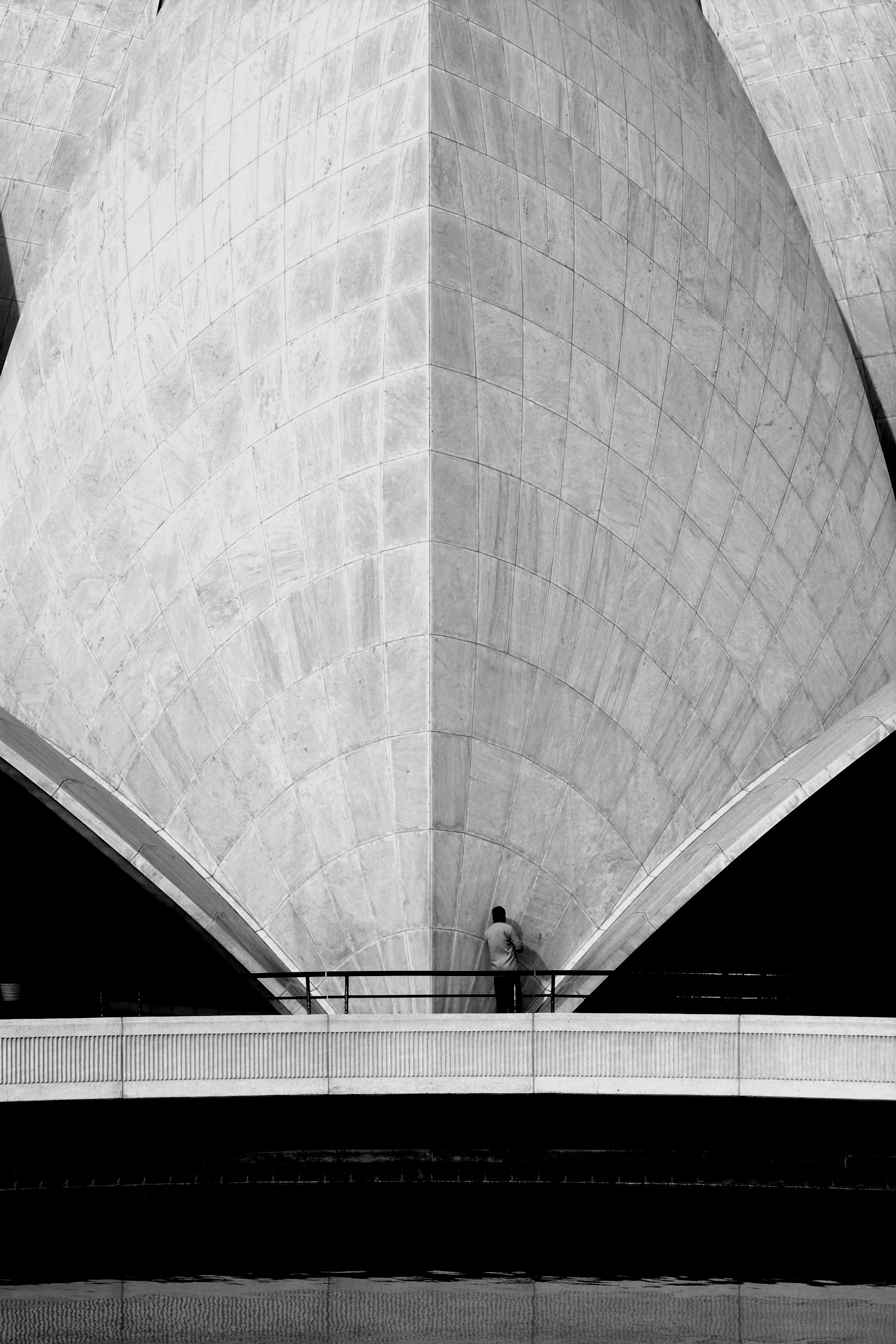India Gate
India Gate is located in the center of New Delhi in memorial of the British Indian Army who sacrificed their lives in World War I and Anglo-Afghan War fighting for Indian Empire. It was built in command of Edwin Lutyens in 1921.
Amar Jawan Jyoti (the flame of the immortal soldier) is present under the India Gate also known as the Indian Army’s Tomb of unknown soldier. It is burning since 1972. There is a rifle with helmet placed on the shrine along with four tourches that kept burning.
You can see three flags waving at India Gate. Those flags are of Indian Army, Indian Navy and Indian Air Force.
There are names commemorated on India Gate in their memorial of the war dead.
One can reach India Gate by metro or by bus. Neareast metro station is Central Secretariat.
Address:
Rajpath, India Gate, New Delhi, Delhi 110001


